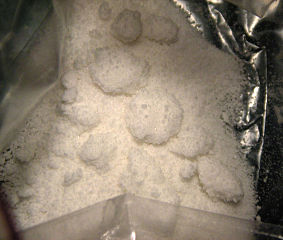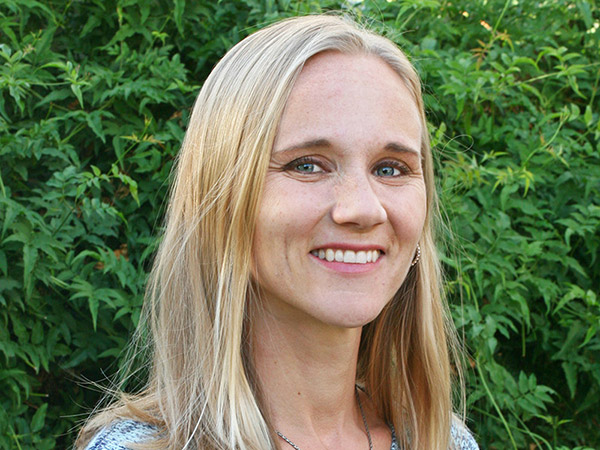The use of “Molly” is on the rise. I’ve even encountered several teens coming through my office that have abused the drug. This is scary because it is MUCH more dangerous than they realize. If you see your teenager texting about it, or overhear them talking about it, have a serious conversation. Don’t let your teen either tell you that Molly is just a person, or that it’s not a big deal. You have to be educated and be smarter than that, and you have to be scared enough to confront them.
Okay, so what is Molly? Molly is methylenedioxymethamphetamine. What? At least I’m assuming that’s your next thought. We’ll just call it MDMA from now on. MDMA has a much better known format called ecstacy. Is that a little bit more familiar? It used to be known as the “rave drug” because it would be taken prior to attending parties that last for 12 or more hours. It causes feelings of euphoria, energy, comfort, closeness and happiness. People who take either ecstasy or Molly feel more comfortable touching other people, and feel warm and fuzzy inside. Sometimes it also has hallucinogenic results, altering a person’s sense of time and space.
MDMA is a type of substance that causes increased tolerance. Herein lies one of its dangers. People find the high so appealing that they will use it every few hours when they are on a binge (These binges are referred to as “rolling”). They also often use it on several separate party occasions. Eventually larger amounts of the drug are needed for the high, and particularly for the hallucinogenic properties. An overdose of an MDMA drug (either ecstacy or Molly) can lead to elevated body temperature, lethally high blood pressure, cardiac issues and seizures. What is the bottom line? It can kill your child.
People who abuse MDMA have also been known to become very dehydrated. In their efforts to rehydrate they can actually drink too much water, which causes a dangerous electrolyte imbalance.
Adolescents mix Molly or ecstasy with other drugs. This further increases the dangers because the chemical properties are altered and possibly made more toxic.
Part of the reason you need to talk with your teenager about this is that it will often show up at parties. It is different than heroin or cocaine in that teenagers know those drugs are dangerously addictive. They don’t often try those types of drugs without a progression through alcohol, marijuana and other experimentation. Molly and ecstasy are different though. I have had teenagers tell me they’ve used it just because it was at a party, even when they are not normally drinkers or drug abusers. They honestly believed it is not a dangerous drug.
Help your teenager understand the risks they are taking if they use Molly or ecstasy (also sometimes called ‘E’). Tell your teenager to make sure a friend is taken to the emergency room if they seem dangerously high. Teens are often afraid to take a friend to the ER because they don’t want to get in trouble.
Just be in conversation with your teen. Find out if they’ve ever been offered Molly or ecstasy. Ask them if anyone they know has taken it. Remind them there are risks to using these types of drugs. It’s hard to have this conversation, but even if your teenager acts annoyed, they feel loved that you care.
Helping teens grow and families improve connection,
Lauren Goodman, MS, MFT




